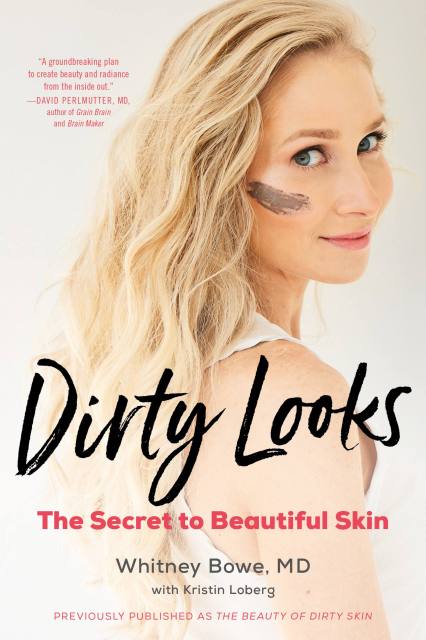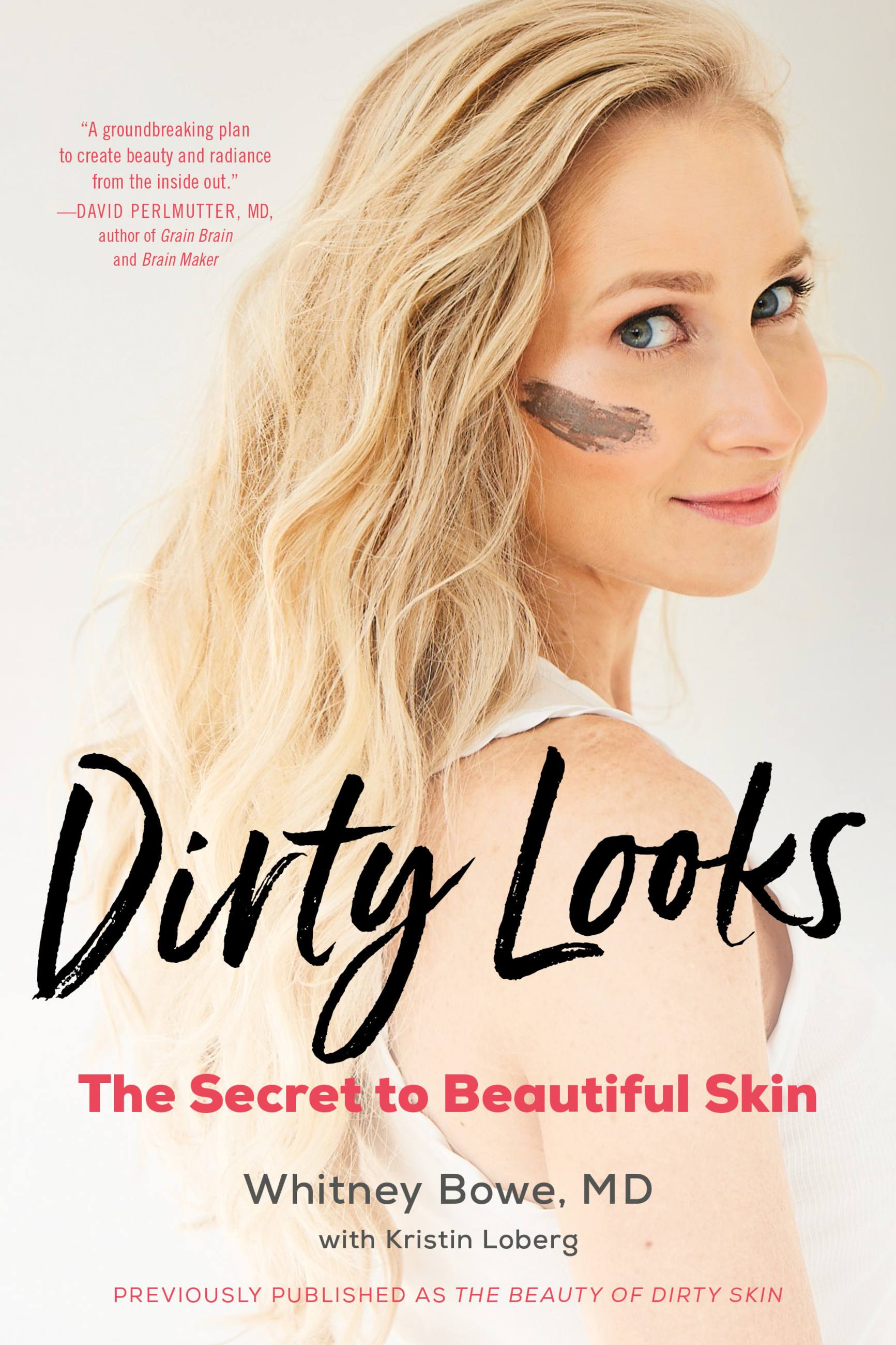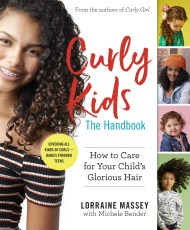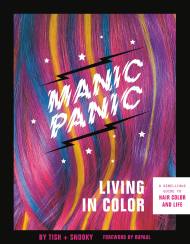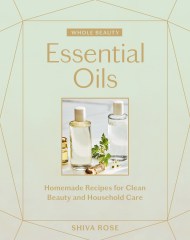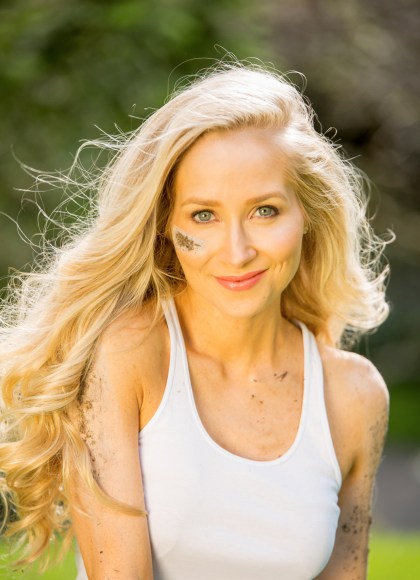Promotion
Use code MOM24 for 20% off site wide + free shipping over $45
Dirty Looks
The Secret to Beautiful Skin
Contributors
Formats and Prices
Price
$11.99Price
$14.99 CADFormat
Format:
- ebook $11.99 $14.99 CAD
- Audiobook Download (Unabridged)
- Trade Paperback $16.99 $22.49 CAD
This item is a preorder. Your payment method will be charged immediately, and the product is expected to ship on or around April 17, 2018. This date is subject to change due to shipping delays beyond our control.
Also available from:
Internationally renowned dermatologist and research scientist Dr. Whitney Bowe presents, for the first time, the connection between a healthy gut and radiant, clear skin, with a 21-day program to maximize skin health and beauty.
Every year, nearly 80 million Americans will consult their doctors about their skin. In fact, skin disorders beat out anxiety, depression, back pain, and diabetes as the number one reason Americans see their doctors. Unfortunately, however, the vast majority will receive only a surface-level treatment, leaving the underlying conditions at the root of their skin issues unresolved. Skin doesn’t lie; it reflects overall health in unimaginable ways.
In The Beauty of Dirty Skin, internationally renowned dermatologist and scientist Dr. Whitney Bowe shows readers that skin health is much more than skin deep. As a pioneering researcher on the cutting edge of the gut-brain-skin axis, she explains how the spectrum of skin disorders — from stubborn acne and rosacea to psoriasis, eczema, and premature wrinkling — are manifestations of irregularities rooted in the gut. Lasers, scalpels, creams, and prescription pads alone will not guarantee the consistently healthy, glowing skin we all seek.
Instead, Dr. Bowe focuses on the microbiome — where trillions of microbes “speak” to your skin via the brain — and highlights the connection between sleep, stress, diet, gastrointestinal health, and the health of your skin. With simple explanations of the science, do-it-yourself practical skincare strategies, and a life-changing 21-day program, The Beauty of Dirty Skin is your roadmap to great skin from the inside out and the outside in.
Genre:
- On Sale
- Apr 17, 2018
- Page Count
- 288 pages
- Publisher
- Little Brown Spark
- ISBN-13
- 9780316509817
Newsletter Signup
By clicking ‘Sign Up,’ I acknowledge that I have read and agree to Hachette Book Group’s Privacy Policy and Terms of Use
